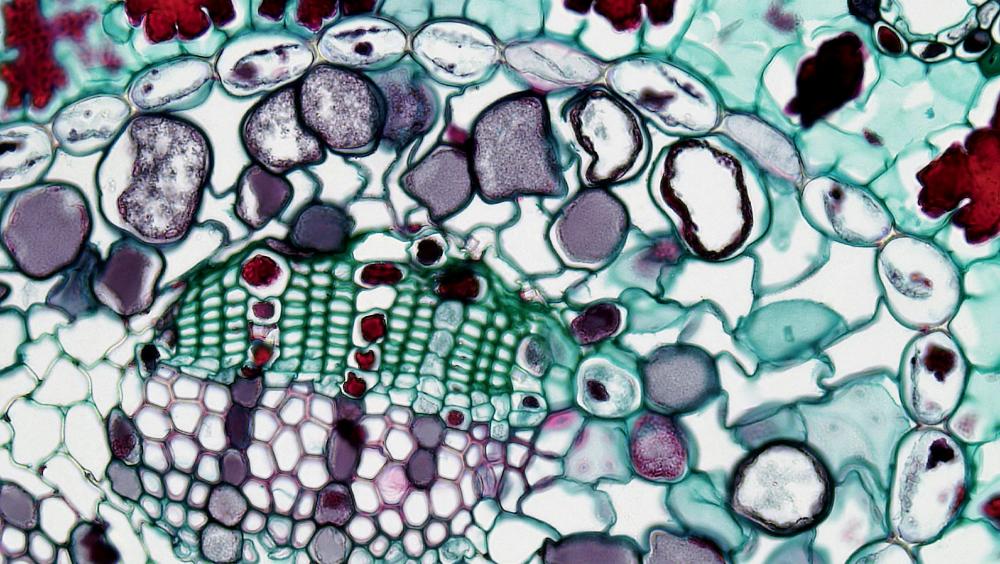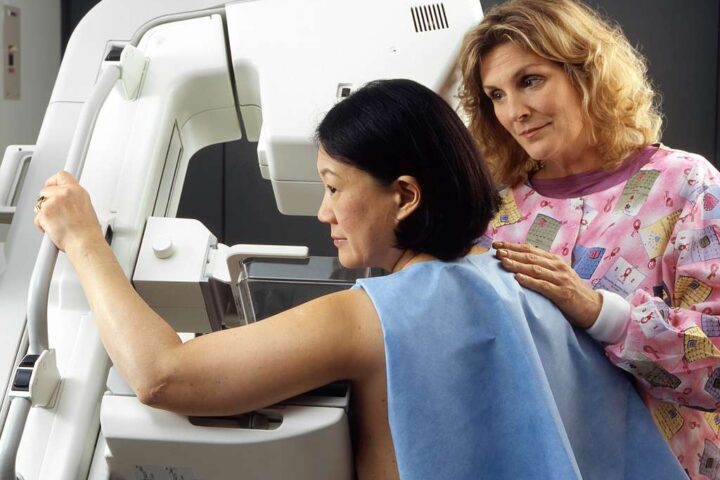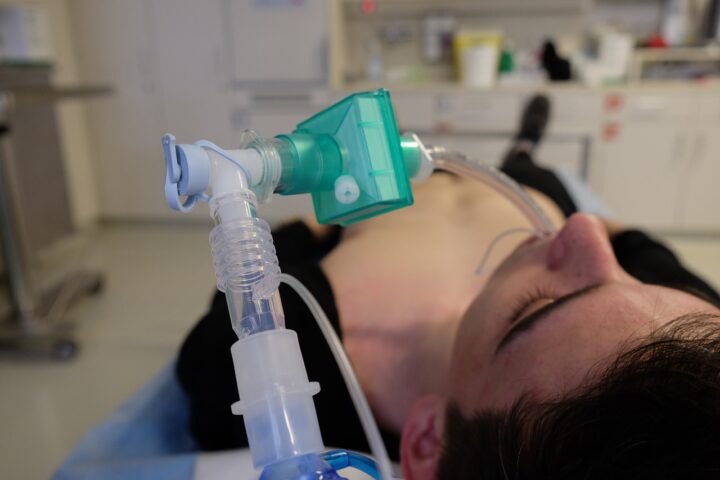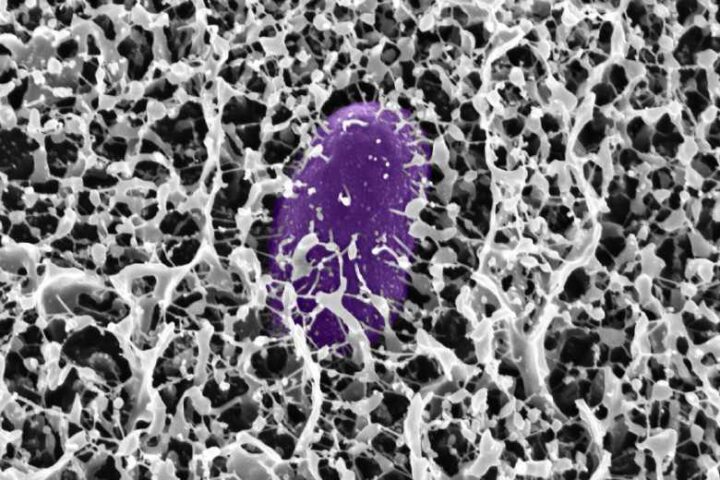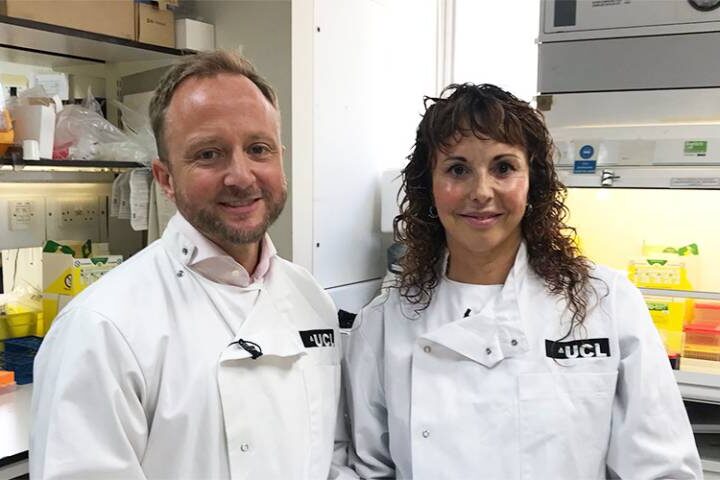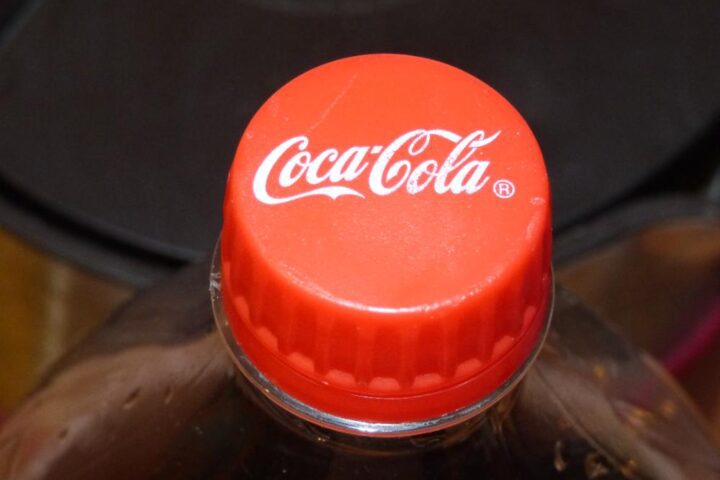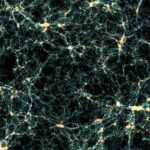A groundbreaking discovery from Stanford University researchers shows that a single dose of a naturally occurring molecule called prostaglandin E2 (PGE2) can significantly restore muscle strength and function in aged mice. This finding, published in Cell Stem Cell, offers promising insights into potential treatments for age-related muscle weakness in humans.
As we age, our muscles naturally weaken and shrink – a condition doctors call sarcopenia. This muscle loss affects about 15% of elderly people and costs an estimated $380 billion annually in healthcare expenses in the US alone. Until now, treatment options have been limited mainly to exercise and proper nutrition.
The Stanford team, led by Dr. Helen Blau, discovered that PGE2 – a molecule that decreases with age – plays a crucial role in maintaining muscle strength. “PGE2 is restoring the cells’ viability and ability to divide and rejuvenating their ability to regenerate and repair muscle damage,” explains Dr. Blau, who recently received the National Medal of Science from President Biden for her pioneering work.
In their experiments, researchers found that aged mice treated with PGE2 and put on a regular exercise program showed remarkably improved strength compared to untreated mice. The improvement was visible just two weeks after concluding the exercise regimen.
What makes this discovery particularly exciting is how PGE2 works. The molecule removes aging-induced chemical tags on the DNA of muscle stem cells – essentially reprogramming old muscle cells to behave more like young ones. This creates what researchers call a “heritable molecular memory” that gets passed down to new cells during division.
Dr. Yu Xin Wang, a key researcher on the project, explains the process with an accessible analogy: “PGE2 is an alarm clock to wake up the stem cells and repair the damage. Aging essentially reduces the volume of the alarm and the stem cells have also put on ear plugs.” Stanford Researchers Find Culprit In Muscle Aging And How To Knock It Down
Similar Posts
The researchers also identified why PGE2 levels decrease with age. An enzyme called 15-PGDH, which breaks down PGE2, increases as we get older. When the researchers inhibited this enzyme in aged mice, it restored PGE2 to youthful levels, making “muscle fibers grow larger and stronger than before the treatment.” Small molecule restores muscle strength, boosts endurance in old mice, study finds | News Center
This isn’t the first time scientists have attempted to create treatments for age-related muscle weakness. Current approaches under investigation include myostatin inhibitors, selective androgen receptor modulators, and other compounds targeting different pathways. However, this PGE2 approach is distinctive because it targets a specific molecular pathway directly linked to aging.
PGE2 isn’t entirely new to medicine – it’s already safely used in gel form to induce labor and treat respiratory distress in newborns. This existing safety record could potentially speed up the pathway to human testing.
The Stanford team is now studying whether similar molecular changes govern muscle strength in humans. “We’re comparing healthy older people with those with sarcopenia to identify the
molecular signature in muscle stem cells and muscle fibers that distinguishes each state, looking for key pathways that have gone awry,” Dr. Blau said.

While still in early research stages, this discovery represents a significant step forward in understanding how muscles age and how that process might be slowed or even reversed. The implications extend beyond just muscle strength – treated mice also showed improved endurance, suggesting potential benefits for heart, lung, and other bodily systems.
The research was funded by the National Institutes of Health, the Canadian Institutes of Health Research, Glaxo Smith Kline, the Muscular Dystrophy Association, the National Science Foundation, the Li Ka Shing Foundation, the California Institute for Regenerative Medicine, the Baxter Foundation, and the Milky Way Research Foundation.’
